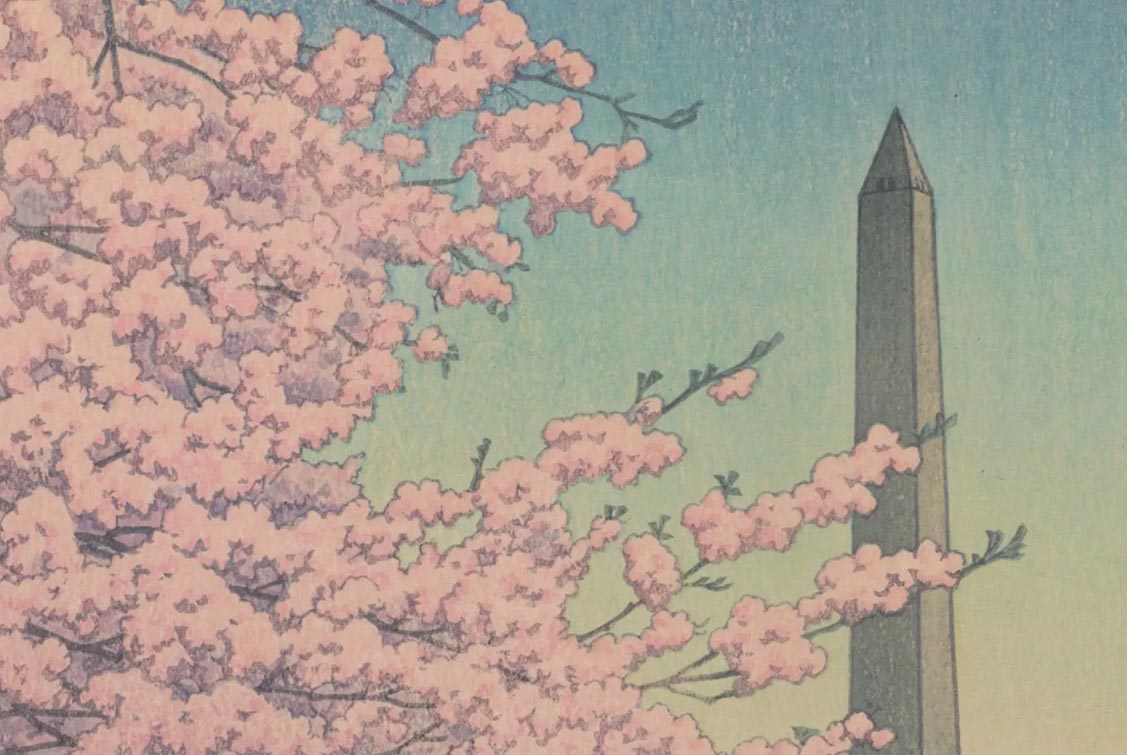| Title: | Cherry Blossoms |
|---|---|
| Author List: | James T. Ulak, Howard S. Kaplan |
| Publisher: | Skira Rizzoli International Publications, Freer|Sackler |
| Publication Date: | 2015 |
| Publication Type: | book |
| Format: | print (hardcover) |
| Pages: | 112 |
| ISBN: | 9780847845224 |
| Collection Area(s): | Japanese Art |
Cherry Blossoms


Description:
Every year, thousands gather at the Tidal Basin to view the cherry blossoms. Japan gave the trees to Washington, DC, as a symbol of friendship between nations, and the delicate pink and white blossoms announce spring each year. This keepsake book features images of cherry blossoms in the Freer and Sackler collections. The flowers feature prominently in Japanese art; magnificent renderings by masters—including Hiroshige and Hokusai—show serene blossoms among tall evergreens, as the focus of national celebrations, or as surreal showers of petals. Cherry Blossoms is richly illustrated with grand screens, woodblock prints, and works in ink on silk. The text by James T. Ulak, senior curator of Japanese art, and Howard S. Kaplan, museum writer, demonstrates the flower’s deep-rooted symbolism and timeless appeal.
Locate this Title
Celebrating Cherry Blossoms
-

National Cherry Blossom Festival
Learn MoreIn Washington, DC, the cherry tree has become a cherished symbol of the friendship between Japan and the United States. It all began in 1912, when Washington saw the arrival of more than 3,000 Japanese cherry trees, the first two of which were planted in West Potomac Park by First Lady Helen Herron Taft and Viscountess Chinda, the wife of the ambassador of Japan to the United States. Since then, Washington, DC’s National Cherry Blossom Festival has grown to include numerous programs and events celebrating the beauty of nature, community spirit, and international friendship.

